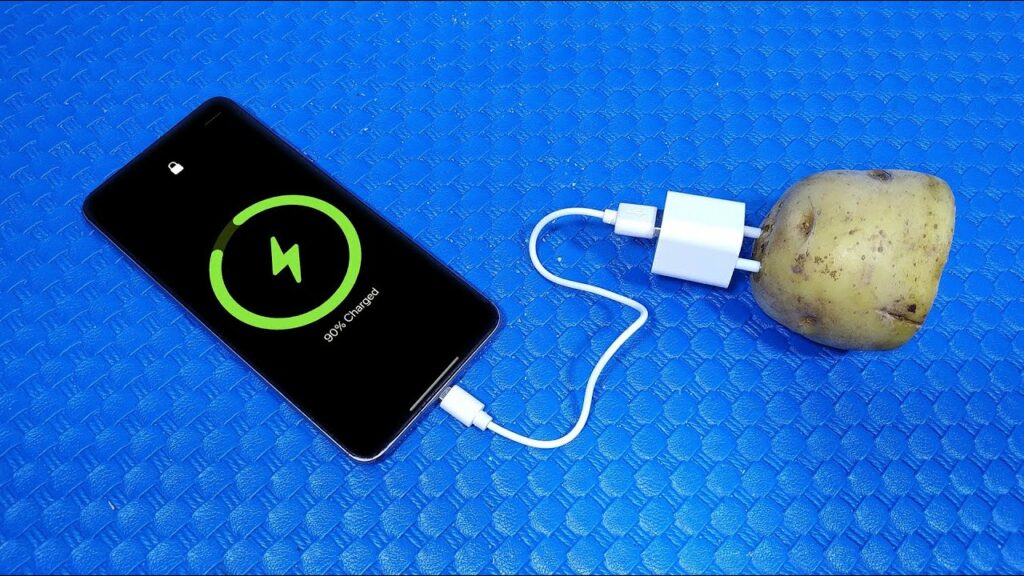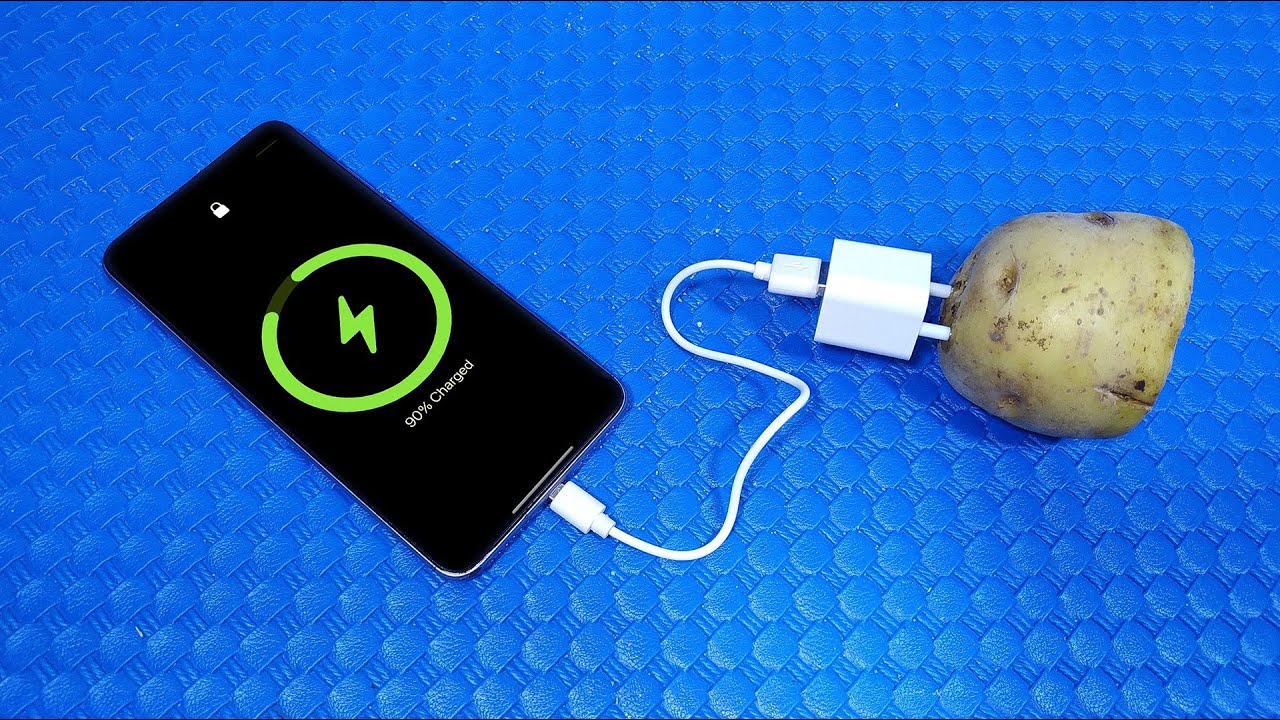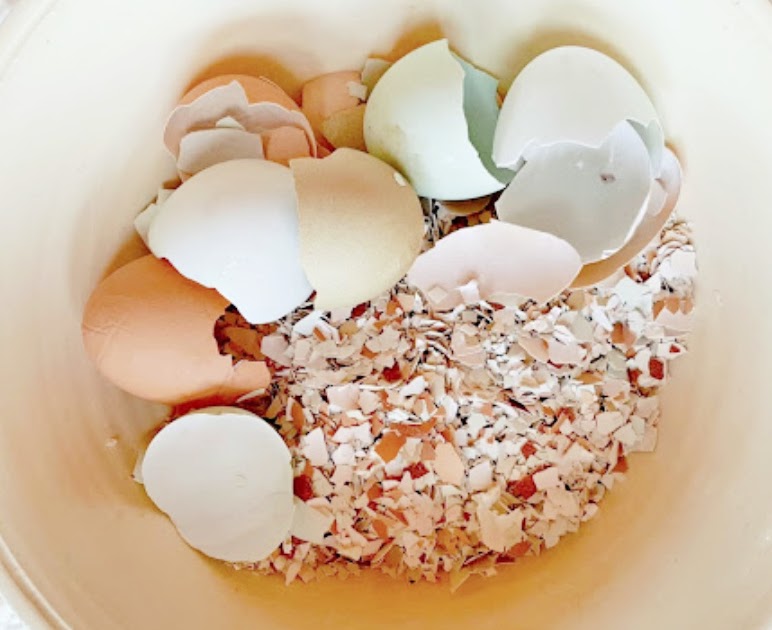
Ever thought about using a potato to charge your phone? It might sound a bit quirky, but potatoes can actually generate electricity! This fun and simple experiment is a great way to explore the science behind natural energy sources and even give a small boost to your gadgets in a pinch. Let’s dive into how you can harness the humble potato to generate a bit of power at home.
Why Potatoes? Potatoes contain phosphoric acid, which helps facilitate a chemical reaction with metal to produce electricity. While you won’t power your whole house with them, you can definitely light up a small LED or charge your devices in an emergency.
What You Need:
-
2 large potatoes
-
2 copper coins or copper strips
-
2 galvanized nails (zinc-coated)
-
Alligator clips (available at electronics stores)
-
A USB charging cable
Instructions:
-
Prepare the Potatoes: Start by washing the potatoes thoroughly to remove any dirt. This step ensures that nothing interferes with the conductivity of your materials.
-
Insert the Metals: Push a copper coin or strip into one end of each potato. On the opposite end of each potato, push in a galvanized nail. Make sure the metals don’t touch inside the potato!
-
Connect the Potatoes: Use alligator clips to connect the copper in the first potato to the nail in the second potato. Then, connect the nail in the first potato to the copper in the second potato. This creates a circuit and starts the flow of electricity.
-
Connect to Your Device: Use another set of alligator clips to connect the free copper piece and nail to your USB charging cable. Note: You’ll need to expose the wires in the USB cable to do this. Make sure the positive and negative wires match the corresponding ends (copper for positive, nail for negative).
-
Start Charging: Once everything is connected, you can plug your phone into the USB and start charging. It won’t be fast, but it’s a neat trick to see in action!
Enjoy the Magic: This setup is a wonderful conversation starter and an excellent demonstration of how chemical reactions can be harnessed to produce electricity. While it’s more of an educational tool than a practical charging solution, it’s a fantastic way to merge science with everyday life.
Potatoes are more than just a delicious side dish—they can be mini power stations on your kitchen table! This project is not only a great way to charge your phone in a pinch but also a wonderful activity to share with friends and family. Enjoy experimenting with natural power!





